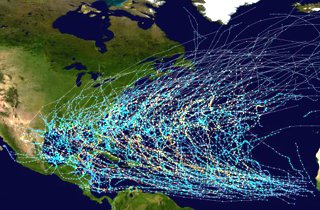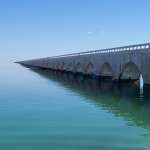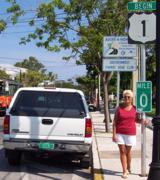Sometimes I suffer from low blood pressure; I often use the Science Friday podcast to bring it back up to normal. [For the record, SWMBO says I use it to see if I can get the sphygmomanometer to pop the bulb at the top of the column.]
The bumps on my head don’t explain that, either.
Two ‘casts from December got my attention: Do Scientists Have the Duty to Speak Out? and Why Science Needs Failure to Succeed. Each focused on a new book:
In the first, Naomi Oreskes spreads more disinformation and name calling in the name of a (carbon) tax and “sensible regulations” than good science. Host Ira Flatow1 asks if the slogan, “If you see something, say something,” applies to scientists. “If they see a risk to the planet, for example, should they say something about it?” he wondered. In her book Merchants of Doubt,2 Ms. Oreskes “says some scientists undersell the conclusions of their work, and this ‘scientific conservatism has led to under-estimation of climate-related changes’.”
Underestimation?
The sky is falling! The sky is falling! Al Gore said, underestimating the issue and the wealth to be looted.
The very same day, Mr. Flatow interviewed Stuart Firestein about his new book, Failure: Why Science Is So Successful,3 the neuroscientist “makes a case for science as ‘less of an edifice built on great and imponderable pillars, and more as a quite normal human activity’.” His point “one must try to fail” reminds us that “real science is a revision in progress, always. It proceeds in fits and starts of ignorance.”
The political scientists leading the AGW charge will not admit contrary data.
Phrenologists thought their science was immutable, too.
Saint, n. A dead sinner revised and edited.
— Ambrose Bierce
Science is uncertain. Theories are subject to revision; observations are open to a variety of interpretations, and scientists quarrel amongst themselves. This is disillusioning for those untrained in the scientific method, who thus turn to the rigid certainty of the Bible instead. There is something comfortable about a view that allows for no deviation and that spares you the painful necessity of having to think.
— Isaac Asimov
In science it often happens that scientists say, ‘You know that’s a really good argument; my position is mistaken,’ and then they would actually change their minds and you never hear that old view from them again. They really do it. It doesn’t happen as often as it should, because scientists are human and change is sometimes painful. But it happens every day. I cannot recall the last time something like that happened in politics or religion.
— Carl Sagan
In 2014’s We Only Have 500 Days Left to Avoid Climate Chaos! I discussed the fact that climate “science” today is a Harris poll and the way the Far Green consortium has distorted real science with their religious insistence that their science is right and fixed. Their purpose is to keep the Green flowing. The green research dollars. The green investment dollars. The green tax dollars.
Science requires a comfort with being wrong, a tolerance for failure, Mr. Firestein reminded us. But political Climate Scientists have a bible that cannot fail and is never contradictable.
And that, dear friends, is why our political Climate Scientists are the Phrenologists of the 21st Century.
1 Mr. Flatow is well-known for his statement that “the science is fixed” over all anthropogenic global warming.
2 Ms. Oreskes received her Bachelor of Science in mining geology from the Royal School of Mines of Imperial College, University of London and earned her PhD from the Graduate Special Program in Geological Research and History of Science at Stanford. She is the author of or has contributed to a number of respected essays and technical reports in economic geology.
3 Stuart J. Firestein, PhD, chairs the Department of Biological Sciences at Columbia University where his lab researches the vertebrate olfactory receptor neuron and where he teaches neuroscience. He does accept AGW but recognizes that “uncertainty is a dirty word” in the argument.

 There are four or five excellent global hurricane forecasting models. Those models solve the equations describing the behavior of the atmosphere over the entire globe. Remember that. These numeric (or “dynamical”) models — called ECMWF, GFDL, GFS, and UKMET — each take hours to run on supercomputers. I was surprised to learn that the U.S. National Weather Service uses the less useful NAM model for only North America and the surrounding waters. There are also statistical models as well as simple trajectory models and hybrid statistical/dynamical models. The
There are four or five excellent global hurricane forecasting models. Those models solve the equations describing the behavior of the atmosphere over the entire globe. Remember that. These numeric (or “dynamical”) models — called ECMWF, GFDL, GFS, and UKMET — each take hours to run on supercomputers. I was surprised to learn that the U.S. National Weather Service uses the less useful NAM model for only North America and the surrounding waters. There are also statistical models as well as simple trajectory models and hybrid statistical/dynamical models. The 

